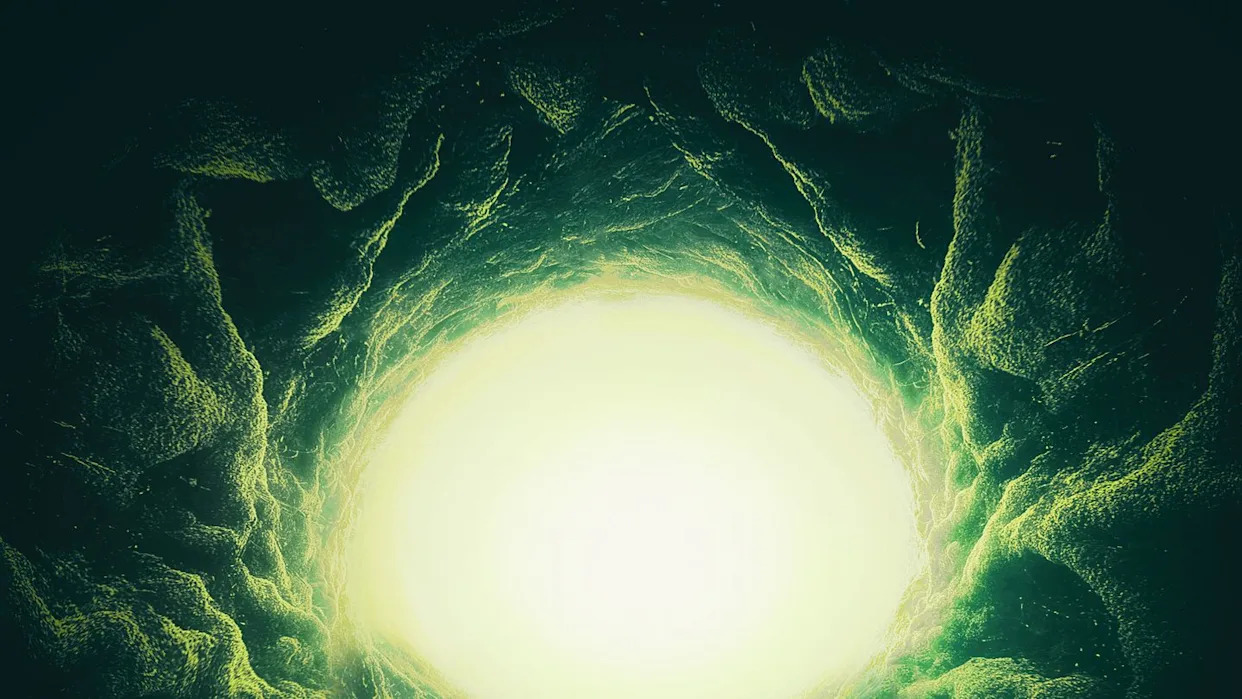Here’s what you’ll learn when you read this story:
-
Pseudoscorpions can be found in habitats around the world, including bookshelves in your home.
-
A study by South Korean scientists discovered four new species of dragon pseudoscorpions in a cave while doing field research.
-
These new species—which are likely endemic to this single cave or karst system—are stunning evidence of the immense biological diversity that can be found in some of the world’s most isolated ecosystems.
In Aristotle’s De historia animalium (one of the founding texts of zoology), the great Greek thinker pens the very first description of a strange creature that is “found in books” and “look[s] like scorpions; they have no tails, and are very small.” This is a humble pseudoscorpion—a pint-sized false scorpion (as its name suggests) that nonetheless looks a lot like it’s more-dangerous, bigger cousin.
While a member of the class Arachnida, they shouldn’t inspire as much fear as other poisonous members of this group. These creatures use poison to subdue prey, but pose no danger to humans, and can actually be immensely beneficial for pest control—they’ll munch on moth larvae, mites, and small flies. And true to Aristotle’s original observation, they can often be found within the pages of books, as one of their favorite prey species (booklice) feasts on the starch typically found in bookbindings. This explains their nickname: “book scorpions.”
But not all pseudoscorpions call literary habitats their home. A new study—published in the journal PLOS One and led by scientists at Jeonbuk National University—details four new species of “dragon pseudoscorpions,” named as such because of their dragon-like jaws. Far from the cozy confines of a bookshelf, the scientists found these miniscule critters (stretching only between one and three millimeters) in a cave system during a field study. They examined the species using genetics, ecology, and morphology and determined that they had found four new species in total: Spelaeochthonius dugigulensis, S. geumgulensis, S. magwihalmigulensis and S. yamigulensis
“In Korea, pseudoscorpions are a ‘neglected’ invertebrate taxon with presently 28 species in 13 genera that belong to eight families,” the authors wrote. “However, a recent preliminary barcoding study has indicated that the species biodiversity in surface habitats must be significantly higher. The subterranean fauna is probably also diverse, but to date, only five pseudoscorpion species have been recorded from caves in South Korea.”
This new discovery nearly doubles that number.
Because these creatures live in caves, they have numerous adaptations that are considered “troglomorphic,” due to living in constant darkness. For example, these four new species lack eyes and possess very little body pigmentation, causing them to range from light orange to brown. The pseudoscorpions also possess massive jaws (in relation to their body size), which likely comes in handy when searching for food in complete darkness.
The researchers theorize that these species are likely endemic to one single cave or karst system, but South Korea is chock-full of caves, with an estimated 2,000 spread across the Taebaek and Sobaek mountain ranges.
“Many people have believed there is only one species (Spelaeochthonius dentifier) distributed in Korea,” Kyung-Hoon Jeong, a master student and lead author of the study from Jeonbuk National University, told IFLScience. “However, our result was totally different. Each species in the cave has big differences, both in morphology and genetically.”
Like all ecosystems on the planet, caves are threatened by climate change, and understanding the wide variety of animal life in these caves can help scientists conserve them. In order to save a species, it helps to know where to look—and sometimes you won’t find the answer in the pages of a good book.
You Might Also Like
Yahoo News – Latest News & Headlines
Read the full article .


